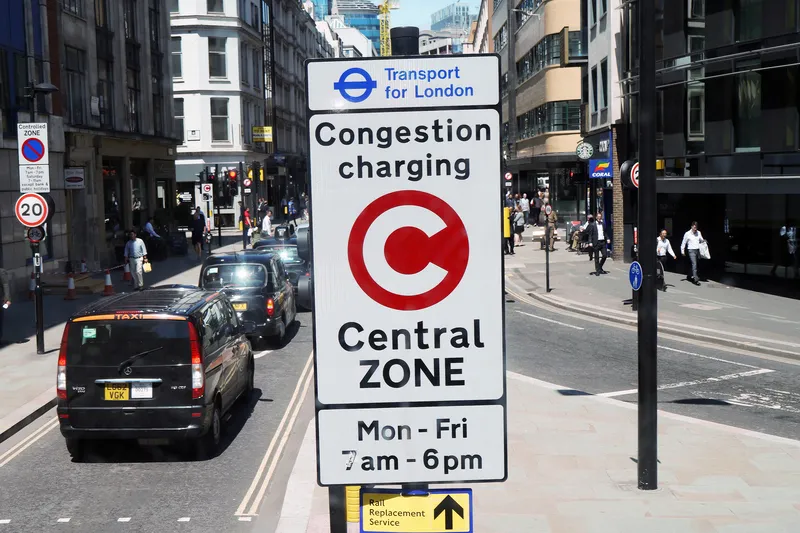Istvan Tarlos, the mayor of Budapest, the Hungarian capital, has told the press that income from the planned congestion charge will total some US$85.64 million per year. The amount will be spent on covering operating costs of the Hungarian capital's public transport company BKV. The congestion charge is expected to be introduced by mid-2013.
May 22, 2012
Read time: 1 min
RSSIstvan Tarlos, the mayor of Budapest, the Hungarian capital, has told the press that income from the planned congestion charge will total some US$85.64 million per year. The amount will be spent on covering operating costs of the Hungarian capital's public transport company 5624 BKV. The congestion charge is expected to be introduced by mid-2013.









